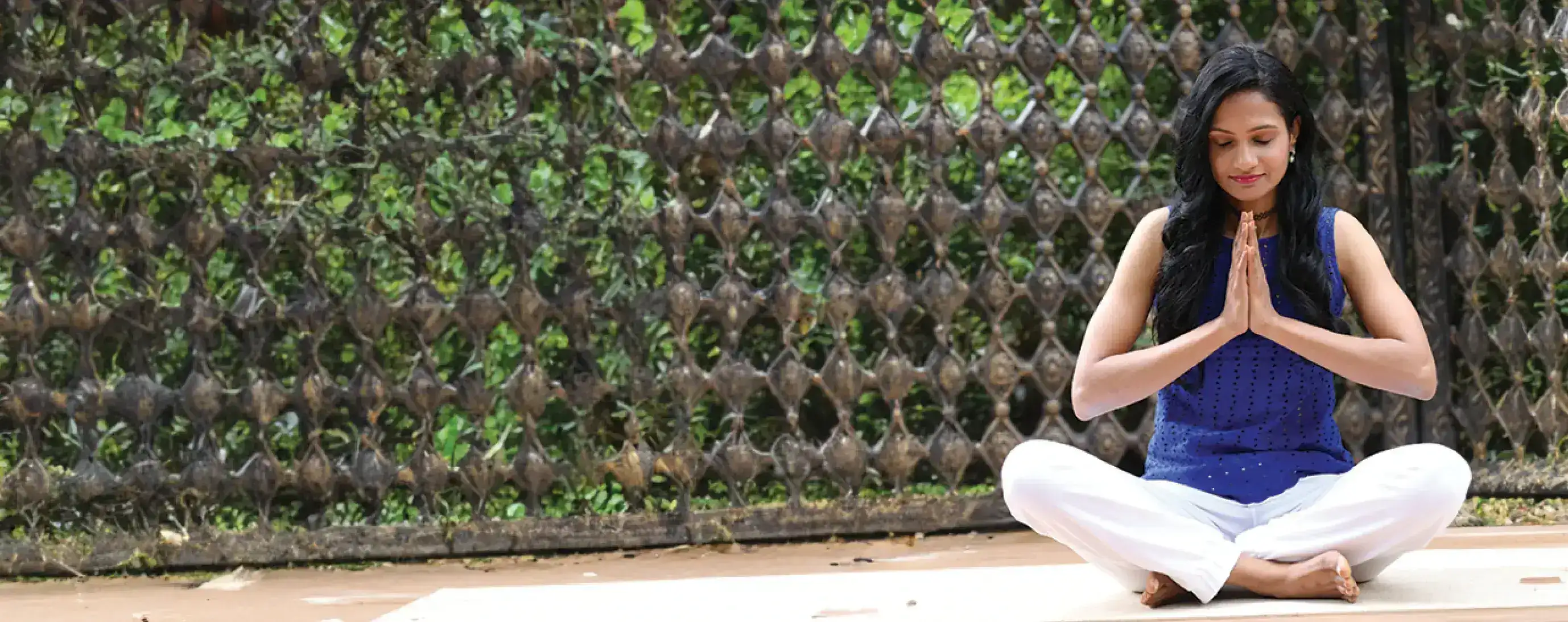Yoga for High Blood Pressure: How a Daily Practice Lowers Blood Pressure Naturally
Lower Blood Pressure Naturally with Calming Yoga Poses & Breathwork
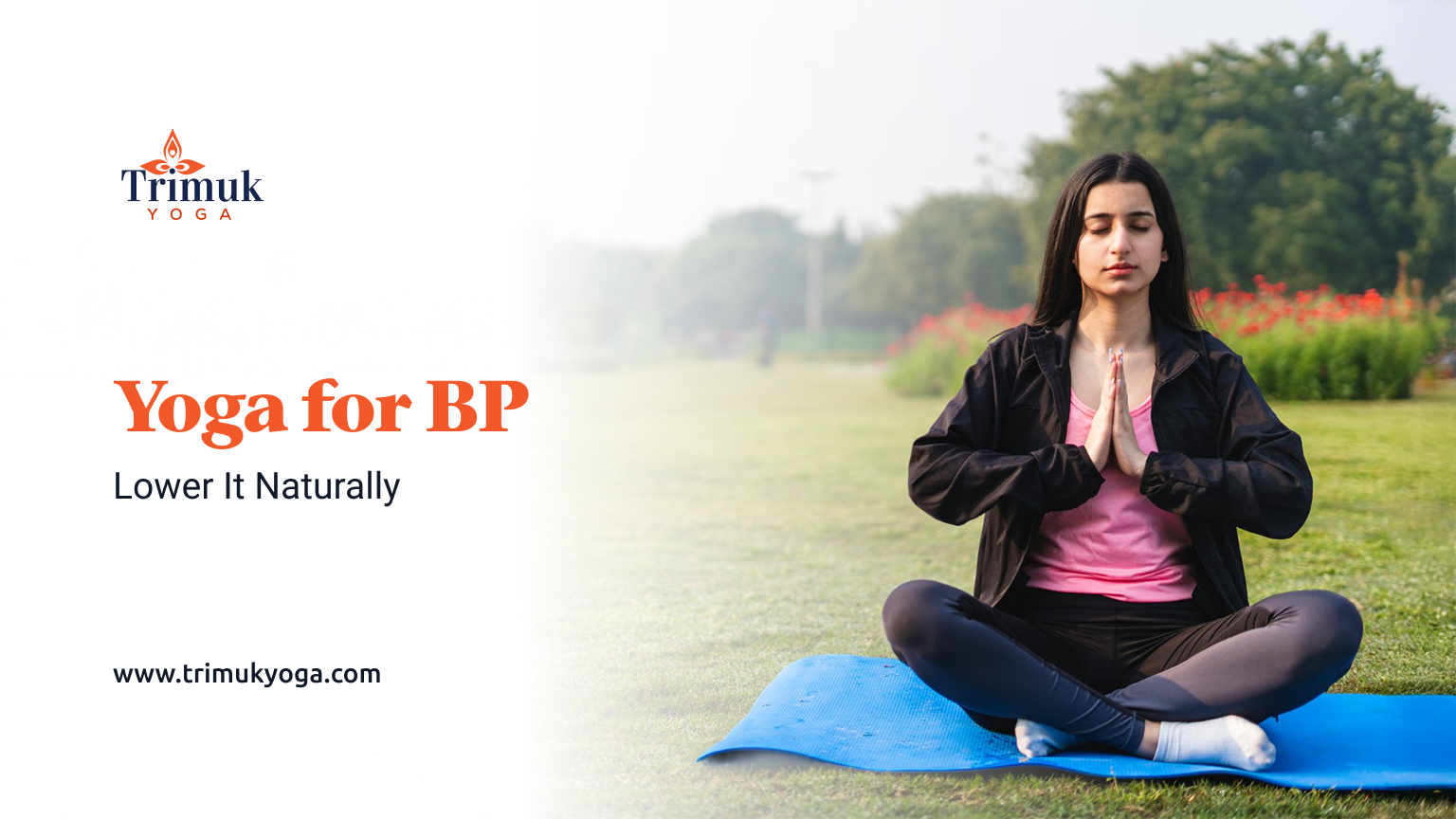

High blood pressure (hypertension) is often called the “silent killer.” It affects millions worldwide, yet many don’t realize its seriousness until complications arise. Left unmanaged, high blood pressure can lead to heart disease, kidney problems, and even stroke.
The good news? Beyond medications, yoga offers a safe and effective way to lower blood pressure naturally. By calming the nervous system, improving circulation, and reducing stress, yoga supports the body’s natural ability to regulate blood pressure.
This blog explains how yoga lowers blood pressure, shares the best yoga poses and breathing techniques, and provides a practical routine you can start today.

Blood pressure measures how forcefully blood pushes against artery walls. Hypertension occurs when this force remains consistently high, putting extra strain on the heart and arteries.
Over time, uncontrolled high blood pressure can damage the heart, kidneys, eyes, and brain.
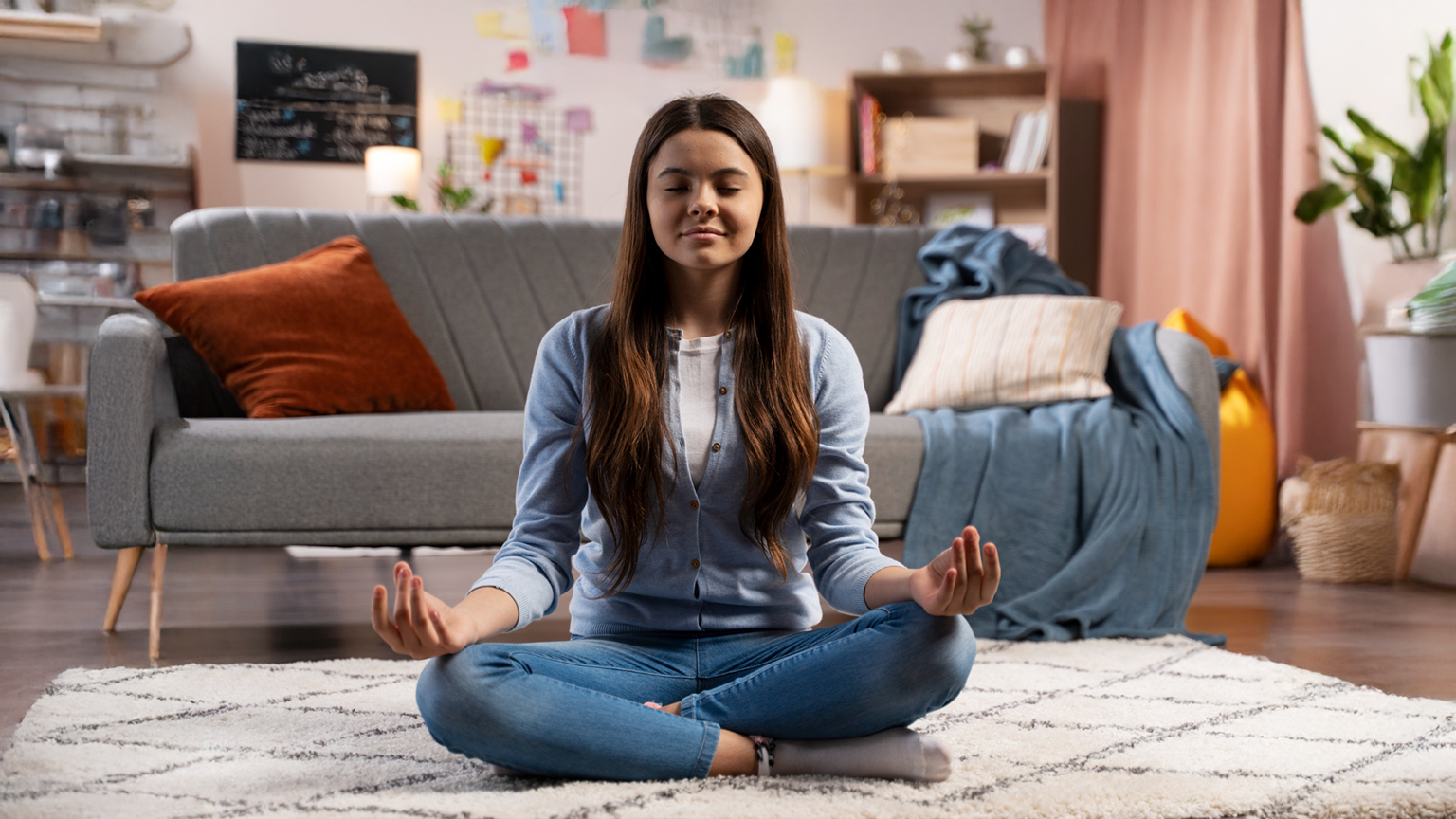
Yoga supports both body and mind, which makes it especially powerful for blood pressure management.
✨ As Radhika Bargava emphasizes: “Yoga is not just movement; it is breath, awareness, and stillness—all of which are medicine for high blood pressure.”
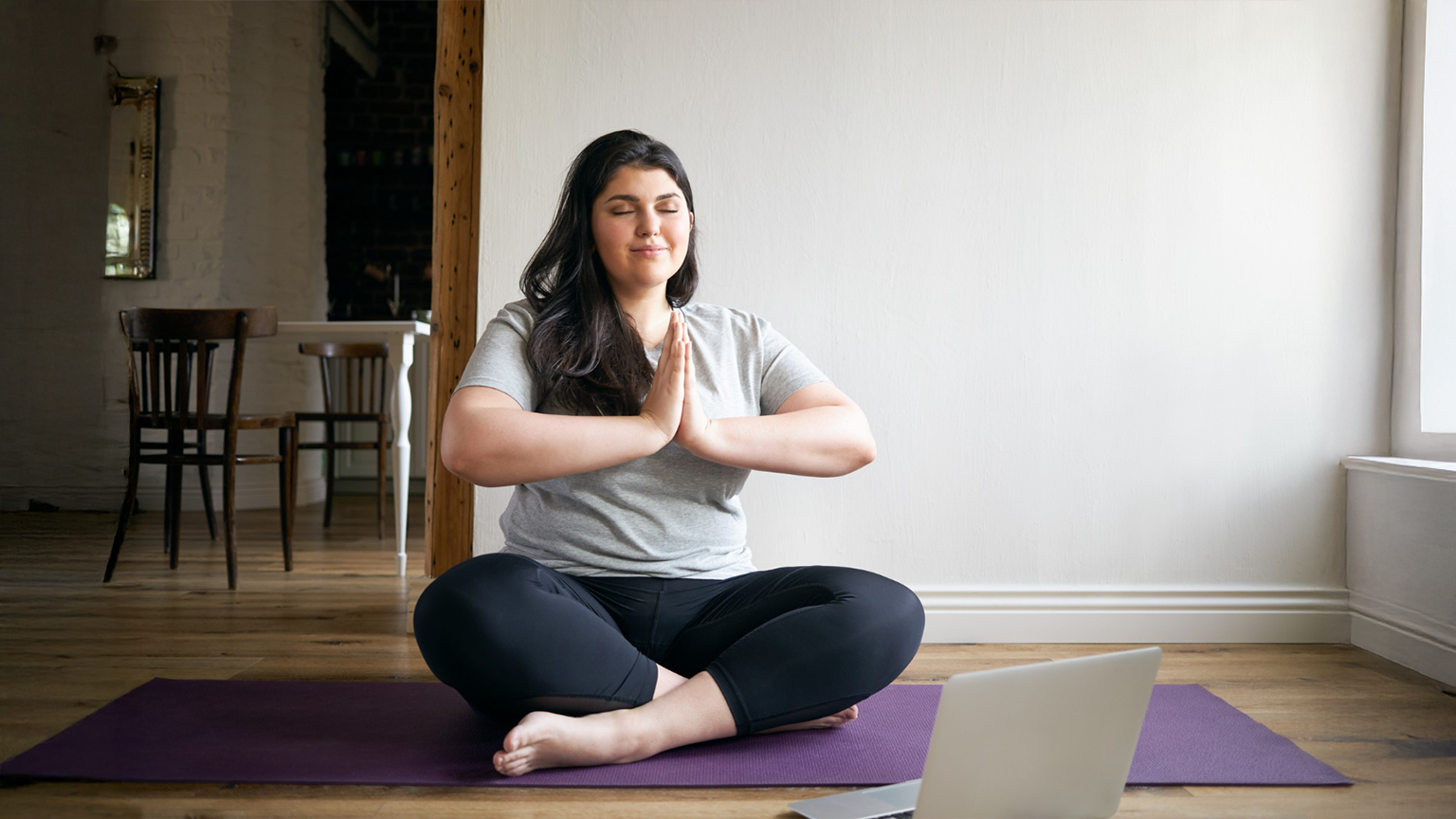
Benefits: Calms the mind, lowers stress, reduces blood pressure naturally.
Benefits: Promotes relaxation, reduces fatigue, calms the nervous system.
Benefits: Opens the chest, slows the breath, reduces anxiety and pressure.
Benefits: Improves circulation, reduces swelling, lowers heart rate.
Benefits: Strengthens heart, calms the brain, stimulates thyroid.
Benefits: Deep relaxation lowers stress hormones, restores balance to blood pressure.
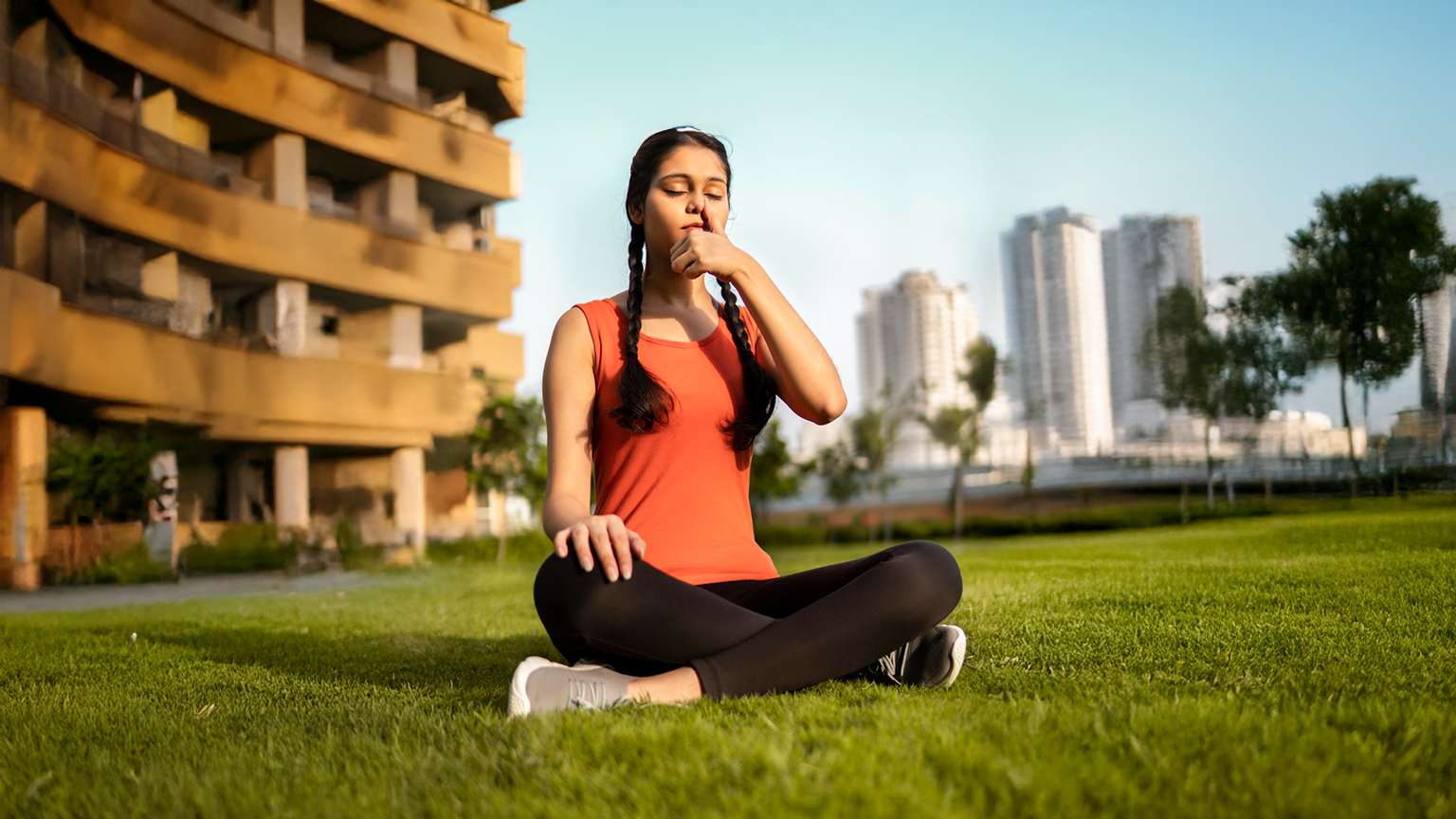
⚠️ Note: Avoid intense pranayama like Kapalabhati or Bhastrika if you have high blood pressure.

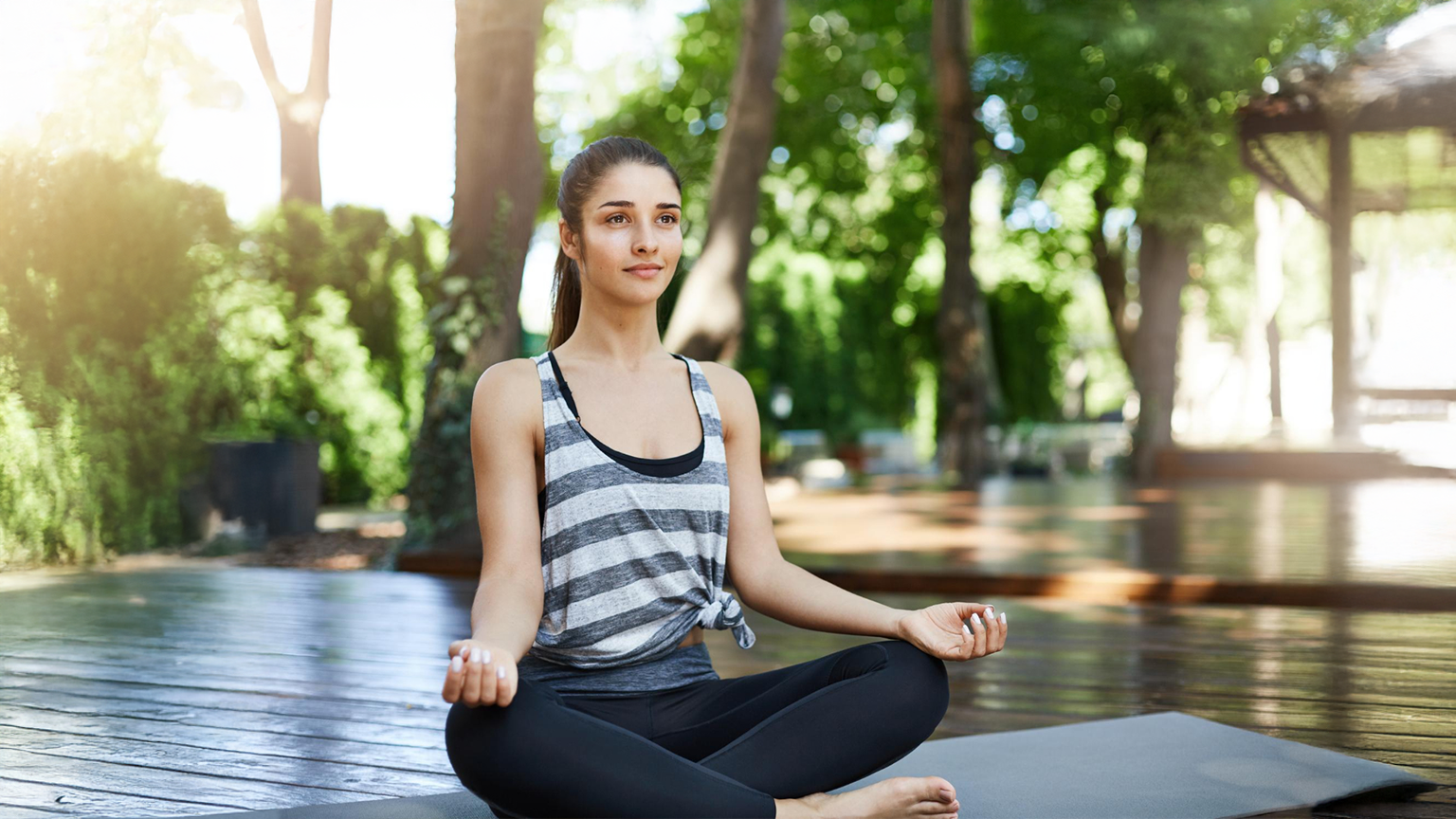
✨ Many participants in Trimuk Yoga’s wellness programs have reported measurable drops in blood pressure, along with improved energy and mood, after just a few weeks of consistent practice.
High blood pressure doesn’t have to define your life. With daily yoga practice, the body learns to relax, the heart beats with greater ease, and the mind rests in balance. Yoga is not just a tool for flexibility — it’s a natural therapy that protects the heart and nervous system from stress, tension, and imbalance.
Lower your blood pressure naturally with yoga and mindful living.
👉 Join Trimuk Yoga’s holistic wellness programs with Radhika Bargava, where yoga, pranayama, and nutrition come together to protect your heart.
✨ A calmer mind and healthier heart begin with a single breath—step onto the mat today.

1. Can yoga cure high blood pressure permanently?
Yoga doesn’t “cure” but manages and prevents worsening of hypertension effectively.
2. Is yoga safe for severe hypertension?
Yes, but only under professional supervision and with approval from a doctor.
3. How long should yoga be practiced daily?
At least 20–30 minutes of gentle yoga and pranayama daily can show results.
4. Are all yoga poses safe?
No. Avoid strenuous inversions or forceful breathing if you have hypertension.
A renowned and qualified yoga instructor with years of experience in teaching traditional Hatha Flow and Ashtanga Vinyasa Yoga, Radhika is passionate about sharing the true essence of yoga with her students. Being a certified yoga teacher and health & nutrition coach, Radhika demonstrates a deep understanding of mind-body connection which is reflected in her tailored classes.
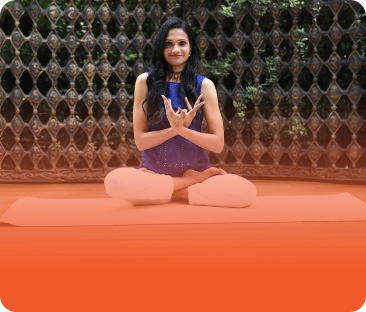
Get personalized care. Consult specialists about your concerns and treatments.
